The green economy needs the right kind of FDI: gov't
Vietnam is determined not to sacrifice the environment in exchange for foreign direct investment (FDI).
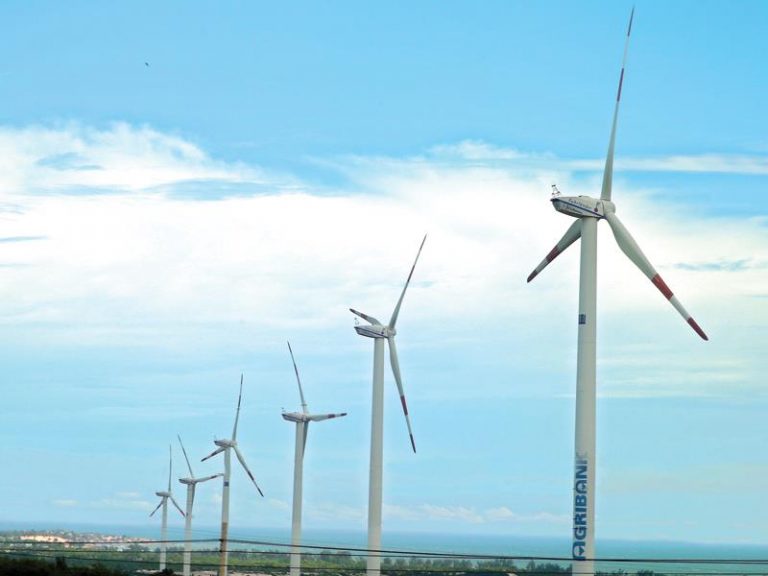
However, big problems still exist. Mai, in his article published in a local newspaper, pointed out that though the energy consumption ratio of one percent of GDP growth rate has decreased from 2.1 in the early 2000s to 1.3, it is still much higher than the requirements needed by a green economy.
“The acceptance of too many foreign-invested projects in some classic industries such as cement, steel, oil refinery and thermopower has led to the rapid increase in the volume of greenhouse gas emissions, causing bad effects to the environment,” he wrote.
“The number of projects in the renewable energy sector remains modest, though Vietnam has great potential to develop the projects,” he added.
Though Vietnam has nit reached an alarming level in emissions like China, domestic and international organizations have warned about Vietnam’s worrying situation as the smoke and dust concentrations in some large cities have exceeded the permitted level.
Meanwhile, rivers and lakes have become so polluted that their water cannot be used for people or cattle.
The cement industry has developed rapidly in the last few decades since Vietnam shifted to a market economy.
The cement capacity has soared from several millions tons in 1991 to 80 million in 2016, according to the Vietnam Cement Association. The figure is expected to increase to 100 million tons by 2020, though operating plants and plants under construction alone can provide enough cement by that time.
Vietnam has exceeded Thailand and Indonesia to become the biggest cement producer in ASEAN as the two countries stopped building new plants after the 1997-2002 regional economic crisis.
Recommended
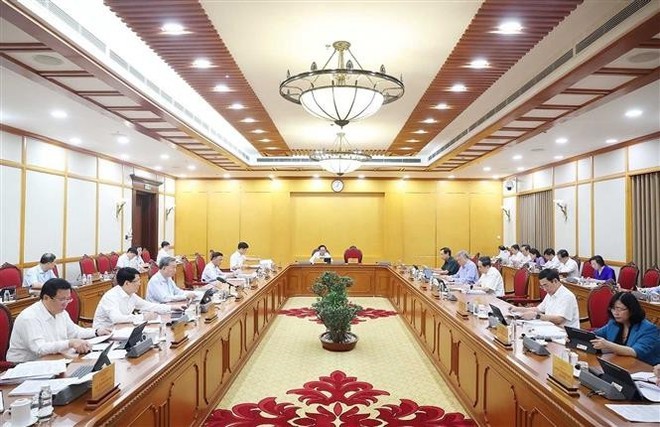 National
National
Vietnam News Today (Jun. 7): Prime Minister works with Estonian firms to accelerate projects in Vietnam
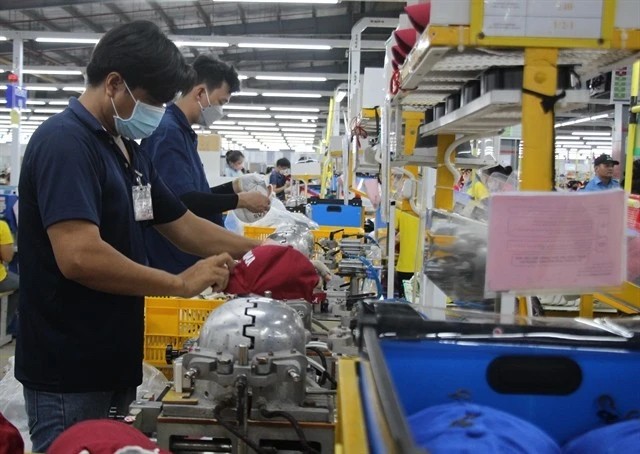 National
National
Vietnam News Today (Jun. 6): Foreign Investment in Vietnam Surges in Five Months
 National
National
Vietnam News Today (Jun. 5): PM sets off for attendance at UNOC 3 in France, official visits to Estonia, Sweden
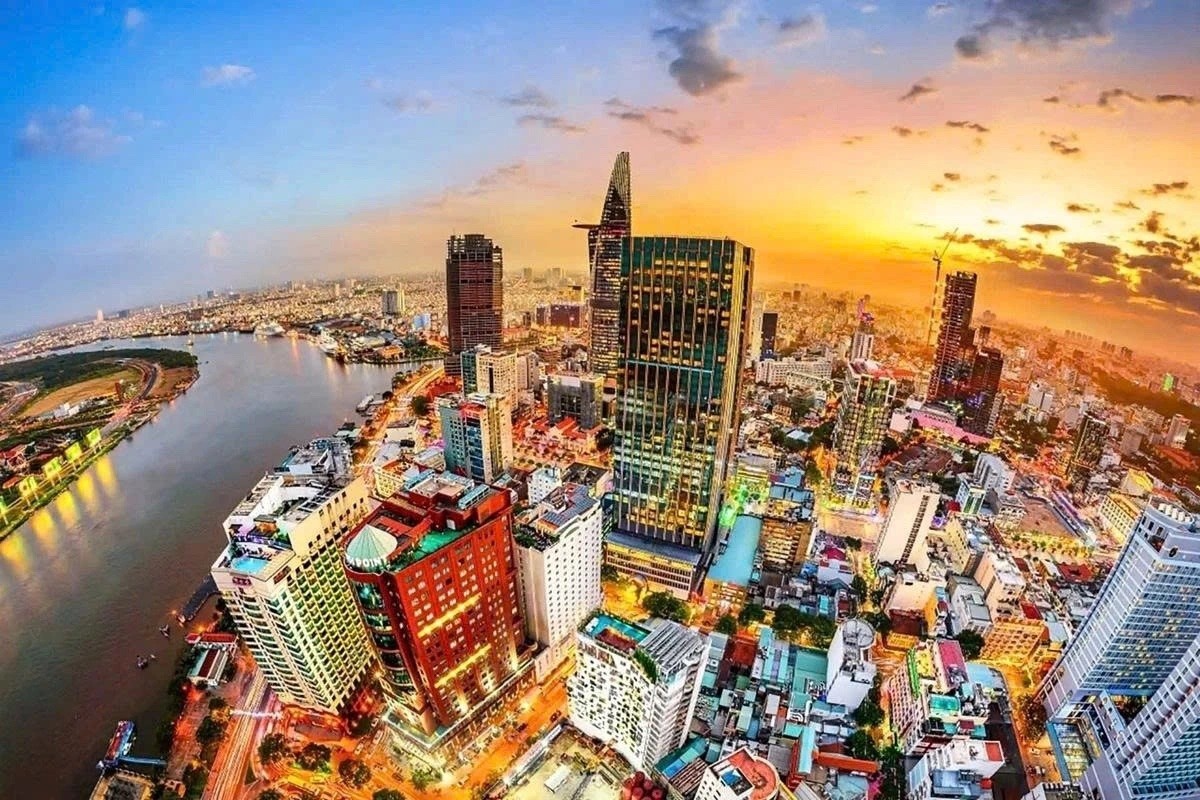 National
National
Vietnam News Today (Jun. 4): Vietnam - Promising Candidate for Southeast Asia’s Next Powerhouse
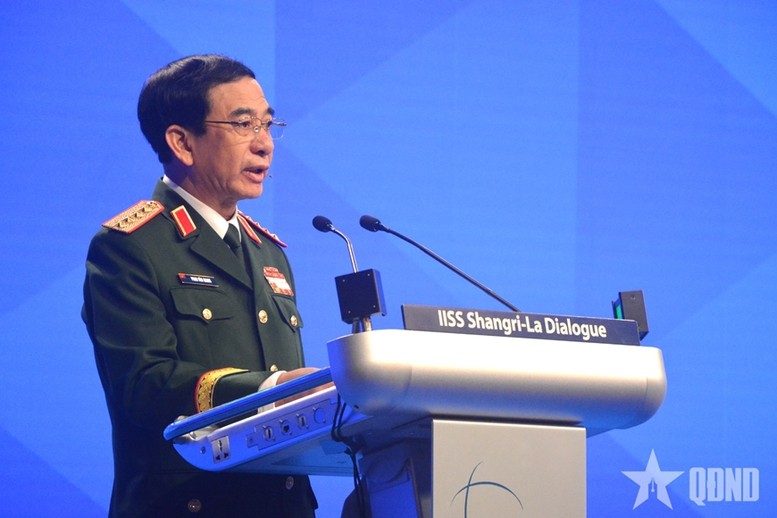 National
National
Shangri-La Dialogue 22: Vietnam Highlights Some Issues of Ensuring Stability in a Competitive World
 National
National
Vietnam News Today (Jun. 3): PM Pham Minh Chinh to Attend UN Ocean Conference, Visit Estonia, Sweden
 National
National
Vietnam News Today (Jun. 2): Vietnamese Trade Mission Sounds Out Business Opportunities in United States
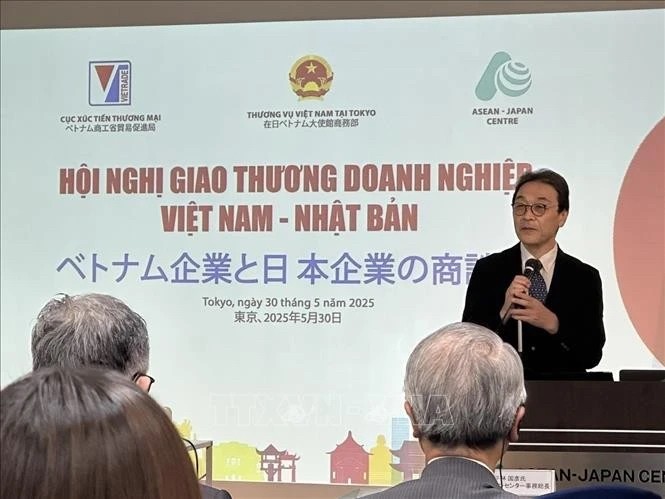 National
National
